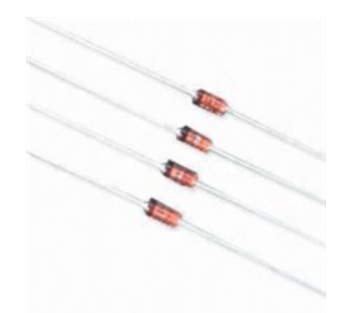Date:2025-07-15 Categories:Product knowledge Hits:454 From:Guangdong Youfeng Microelectronics Co., Ltd
1. Positive conduction stage
When the forward voltage of the voltage regulator diode reaches a certain value, the carriers in the PN junction begin to diffuse towards the opposite side, forming a forward current. At this stage, the current of the voltage regulator diode is linearly related to the voltage, and its current magnitude is limited by the external circuit.
2. Reverse cut-off stage
When the reverse voltage of the voltage regulator diode reaches a certain value, the electrons and holes in the PN junction are separated by the reverse electric field, forming a space charge region. At this time, the current of the voltage regulator diode drops sharply and remains at a small value. At this stage, the current of the voltage regulator diode is almost unaffected by external circuits, and the magnitude of its reverse current is determined by the characteristics of the device itself.
2、 Types of voltage regulator diodes
There are currently three common types of voltage regulators on the market: Zener diode, LED voltage regulators, and TVS diodes.
1. Zener diode
A Zener diode is a diode with special voltage current characteristics that can stabilize voltage within a certain range. The working principle of a Zener diode is similar to that of a regular diode, but its voltage current characteristic is inverted U-shaped, meaning that within a certain voltage range, its current increases very little, thus achieving voltage stabilization.

Previous: Classification, Structure, and Principle of MOSFET